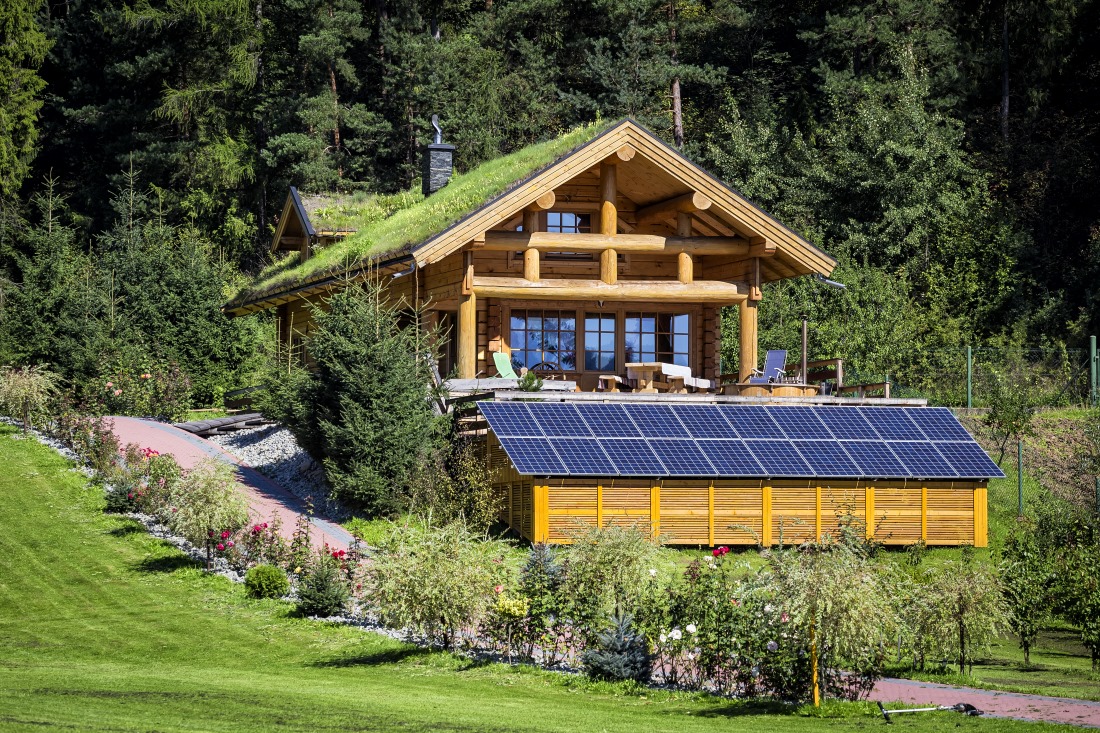


Solar Batteries: Often the most expensive component of the setup, a solar battery is essential to an off-grid system.Read a more detailed explanation of this in the “Disadvantages” section below. For many homes, especially in the Pacific Northwest, the production power of your solar panels isn’t enough to fully power an off-grid system. This will then determine the production power of your solar system. The size and quantity of solar panels will depend on several factors, including roof size, orientation, and the amount of shade and sunlight the roof receives. Solar Panels: Solar panels are the foundation of every solar system.There are several elements that make up the basics of an off-grid system: Off-grid solar systems are more complex than grid-tied solar systems. This is called Net Energy Metering, and it reduces the monthly cost of your energy bills even further. Note: In most states, including Oregon and Washington, solar owners receive credits for the excess energy that their grid-tied systems produce.Even though you’re producing your own energy through your solar system, being connected to the grid means your energy can be turned on and off by the utility company. If the electrical grid goes down (i.e., if the power goes out), you are affected by the outage. Conversely, when your solar system produces more than your home consumes, excess energy is returned to the power grid. When your home uses more power than your solar system can supply, the electrical grid supplements your solar energy. A grid-tied solar system is connected to the city’s utility grid. A grid-tied solar system is the most common type of solar system.Let’s break down the differences between each of these types of systems. When you decide to power your home with solar energy, you have the option to choose between an off-grid solar system and a grid-tied solar system.


 0 kommentar(er)
0 kommentar(er)
